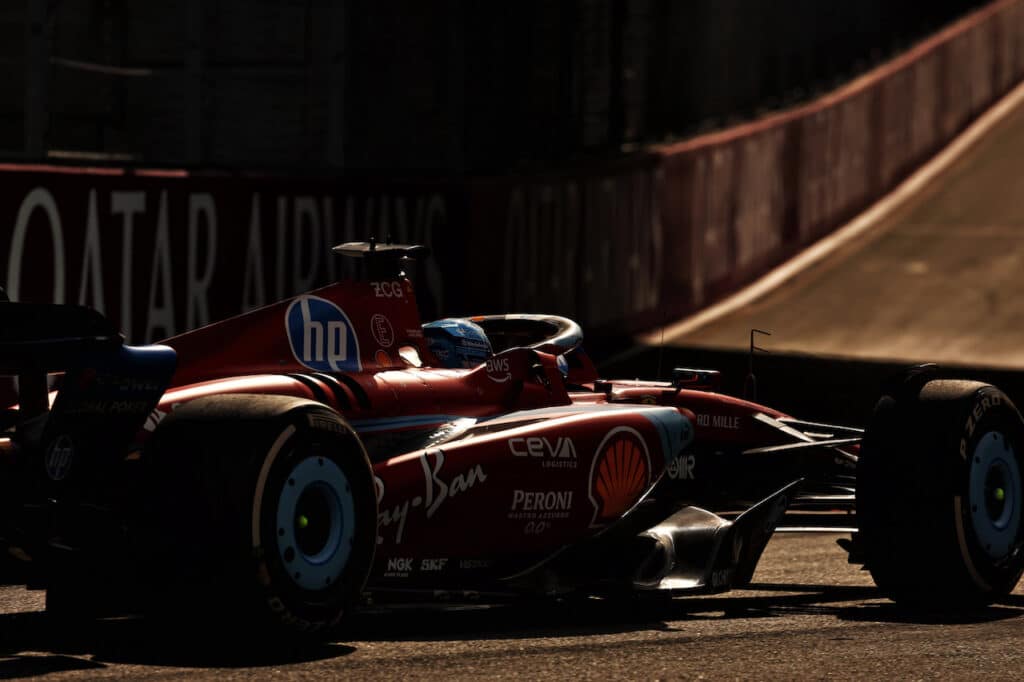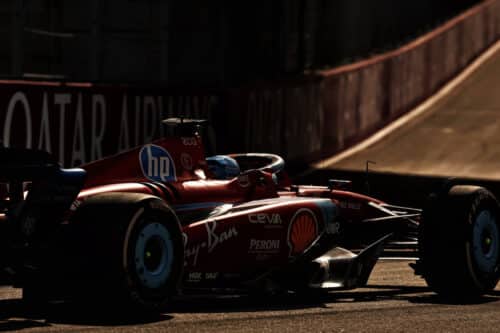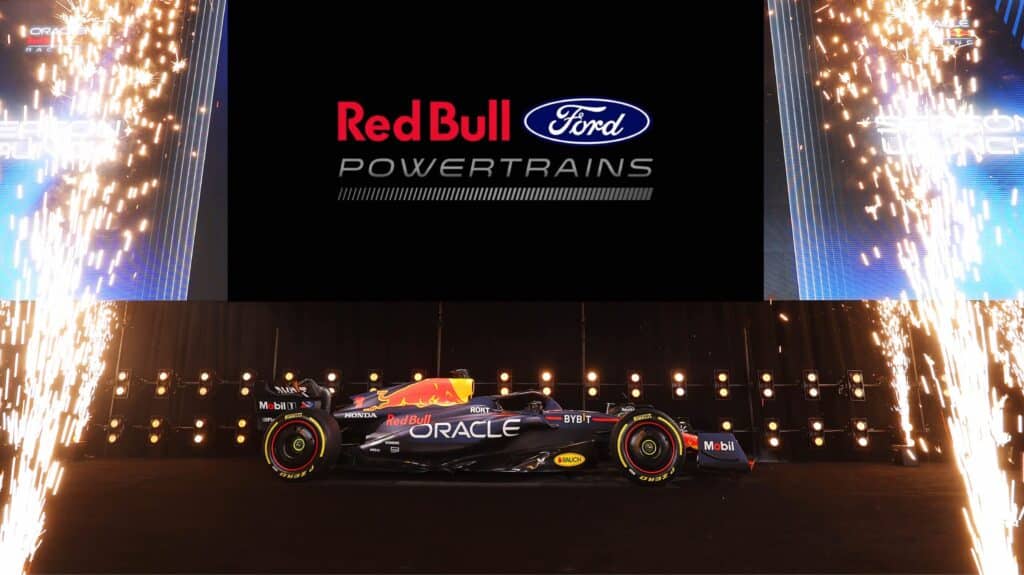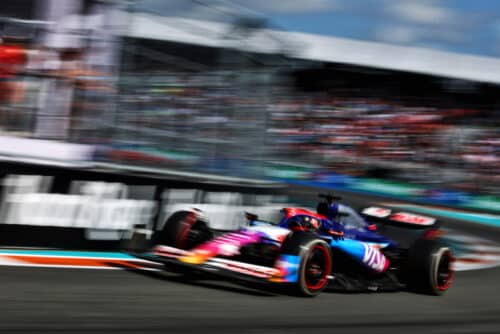F1 German Grand Prix | Brembo reveals the secrets of the Hockenheimring
Medium demanding circuit for the braking system
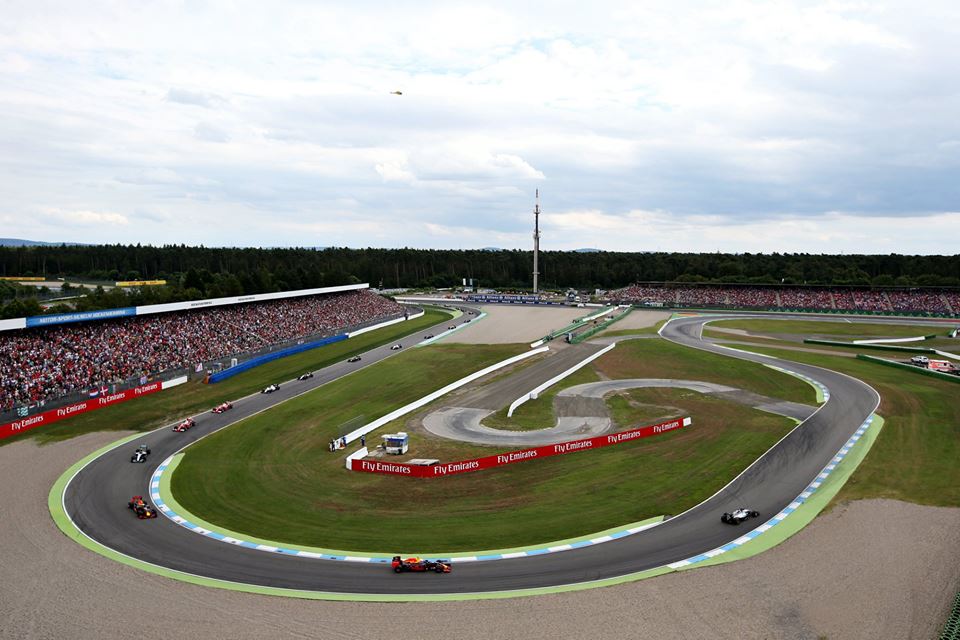
From 20 to 22 July the Hockenheimring will host the 10th round of the 2018 Formula 1 World Championship. After a year of absence, Formula 1 returns to Baden-Württemberg, which has already hosted 35 editions of the German GP in the past. The track in use since 2002, however, is very different from the original layout, used since 1970 by Formula 1 single-seaters, and from the variants used later with the introduction and modification of some chicanes. The current layout has preserved the Motodrom section, integrated with curves of all types: from the Spitzkehre hairpin (turn 6) to the fast corners (turn 7) to be taken straight through, passing through other corners where the use of the brakes is average intensity.
Hockenheimring is one of the tracks that puts the power units to the greatest test while the brakes, although called upon to work hard in the first two thirds of the track, can enjoy the long straights to cool down. In case of rain, however, the opposite problem could arise, i.e. the risk that the carbon braking system does not reach the optimal operating temperature. In that case the drivers would not have all the friction they need for braking. According to Brembo technicians, who classified the 21 tracks of the World Championship, the Hockenheimring falls into the category of circuits that are highly demanding on the brakes.
The engagement of the brakes during the GP
On average during an entire lap the Formula 1 drivers use the seconds for just over 11 seconds, a value less than half a second at the Canadian GP: the German track, however, is longer than that of Montreal by a quarter of a kilometer and the cars they travel at a higher average lap speed. The braking systems are used for 16 percent of the race, a percentage identical to the French GP, the Russian GP and the Japanese GP which however are very different in terms of number and intensity of braking. The average maximum deceleration per lap is 3,9 g despite the first 4 braking sections never falling below 4 g. From the start to the checkered flag, the energy dissipated by each single-seater exceeds 220 kWh. Instead, adding all the loads on the brake pedal from the start to the finish, each driver sustains an effort of 53 tons.
The most demanding braking
Less than half of the 17 corners at the Hockenheimring require the use of brakes: 5 are classified as demanding on the brakes, one is medium difficulty and another is light. The most demanding braking section is the one at turn 2 because the cars go from 309 km/h to 113 km/h in just 2,22 seconds: subject to a deceleration of 4,4 g, the drivers exert a load of 133 kg on the brake pedal brake while traveling 128 meters.
The speed gap is even higher at turn 6: from 320 km/h to 75 km/h in just 2,65 seconds, evidence of very hard braking. While the deceleration is a little lower (4,3 g), the load on the pedal reaches 134 kg. These characteristics make it one of the favorite points for those looking to overtake. The braking from 293 km/h to 117 km/h at turn 8 also deserves a mention: 116 meters, 2,08 seconds and 130 kg of load on the pedal are enough to complete it. A simple tap on the brakes for about half a second is enough for both Turn 1 and Turn 12: in the first case the speed decreases from 306 km/h to 256 km/h, in the second from 288 km/h to 254 km/h.
*Brembo press release
if you want to always be updated on our news
Follow us here
